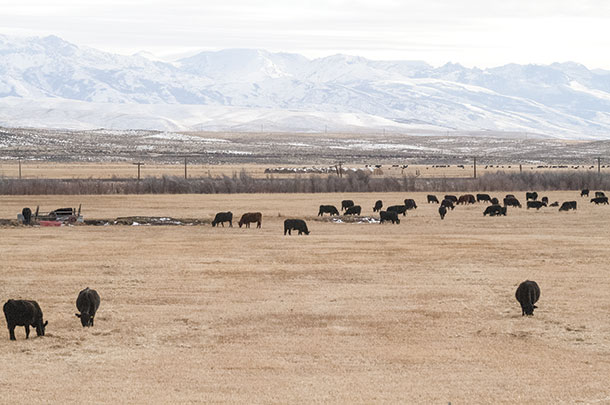
Senior Farm and Ranch Broadcaster, Ron Hays, is back visiting with Oklahoma State University Livestock Market Economist, Dr. Derrell Peel, about the cattle inventory report, which will be released by the USDA at the end of January.
“It is pretty clear that total female slaughter in 2022 was over 51 percent of all of the cattle that we slaughtered, and we have not been over 50 percent since 1986,” Peel said. “Clearly, we have pulled the cow herd down, we have pulled heifer numbers down, which limits our ability to regrow that herd, should we get the opportunity to do that.”
At a minimum, Peel said the beef cow herd will drop 2.5 percent.
“I really think it will probably be three percent or perhaps even a little bit over 3 percent for a year-over-year decrease in that beef cow herd when USDA gives us the numbers,” Peel said.
The heifer side may be the most significant factor going forward, Peel said, because not many replacement heifers have been held back to rebuild herds.
“Even if we get the chance to stop liquidating, we are still in a drought right now, and we don’t know when that is going to change,” Peel said. “Assuming that at some point, drought conditions improve, and we might try to think about rebuilding the herd, I don’t think we have many replacement heifers to work with.”
In summary, Peel said beef production is going to drop significantly in 2023.
“If, in fact, if the drought conditions let us start to rebuild, that will actually make that supply drop even more dramatic because in the short run we are going to save a lot of heifers and we are going to cut cow culling,” Peel said. “If the drought continues, then we will continue to see some level of culling, but it won’t be as high as in 2022, because we simply don’t have as many animals. We have already culled a lot of them.”
The year 2022 is ending on a strong note, Peel said, with higher cattle prices. Those higher prices, Peel added, will most likely continue into 2023.
“Producers will have, from a revenue standpoint, certainly more opportunities,” Peel said.
High cost of production input costs, Peel said, are to continue through 2023 along with the possible continuation of drought issues.
The Beef Buzz is a regular feature heard on radio stations around the region on the Radio Oklahoma Ag Network and is a regular audio feature found on this website as well. Click on the LISTEN BAR for today’s show and check out our archives for older Beef Buzz shows covering the gamut of the beef cattle industry today.















